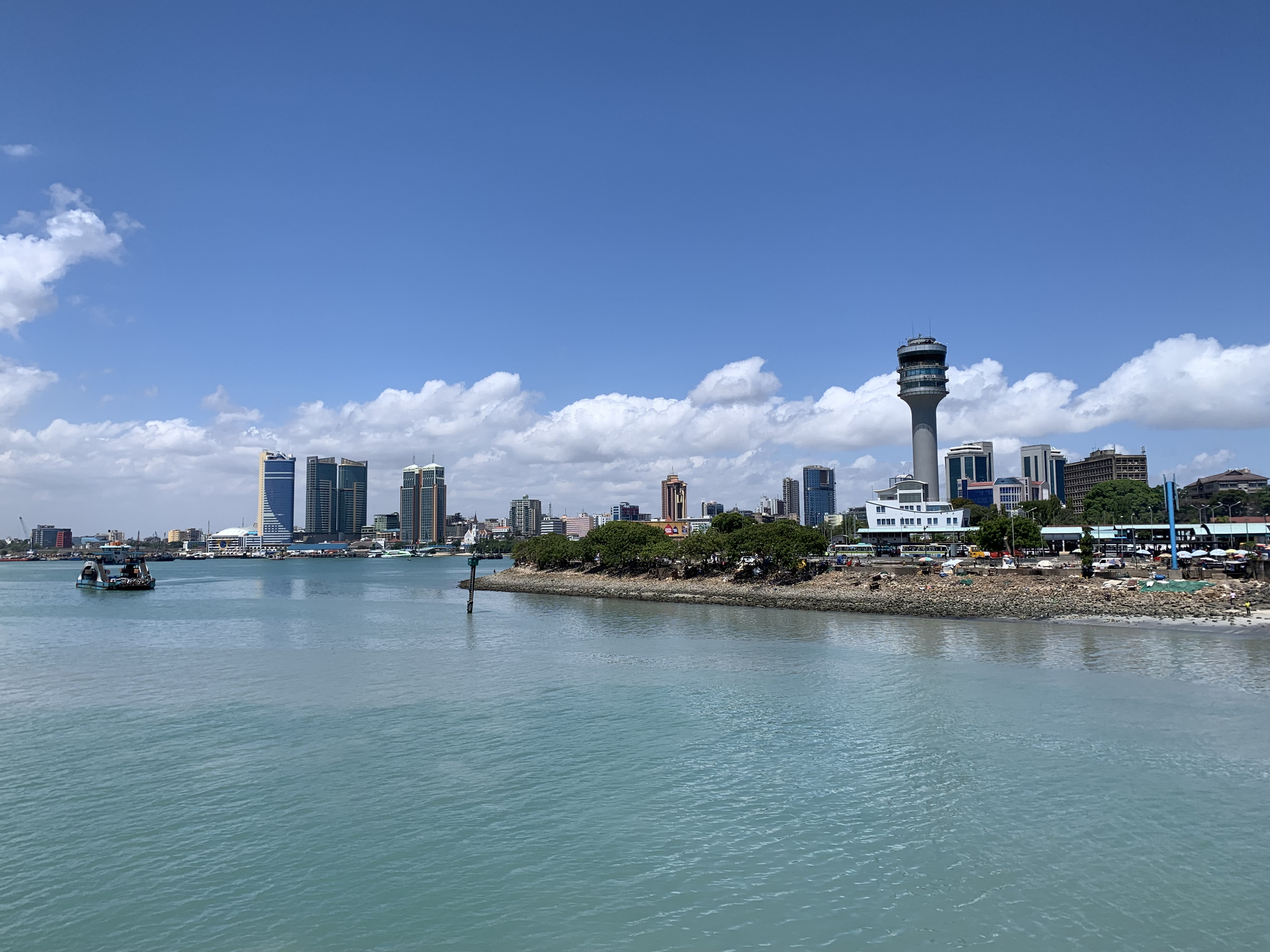On 1 August 2025, the Department of Forestry, Fisheries and the Environment (“DFFE”) released two companion instruments under the new Climate Change Act, 2024:
- the Draft National Greenhouse Gas Carbon Budget and Mitigation Plan Regulations (“Regulations”); and
- the Draft Technical Guidelines which explain how those Regulations will work in practice (“Technical Guidelines”).
Together they set out South Africa’s first mandatory carbon-budgeting system. Affected companies will be expected to register, calculate a company-level carbon budget, prepare a mitigation plan, and report every year from the first commitment period, which begins on 1 January 2026. The public consultation window is open from 1 August 2025 to 30 September 2025.
The draft Regulations create legal obligations: they identify the corporate “data providers” that will receive compulsory carbon budgets; prescribe the contents of mitigation plans; set out reporting, verification, and enforcement rules; as well as stipulate offences and penalties. On the other hand, the draft Technical Guidelines are the “how-to” manual. They unpack the methodologies for allocating budgets, detail validation and verification procedures, and provide step-by-step templates for registration, monitoring, and annual progress reports. Reading one without the other gives only half the picture.
The draft list of activities is quite broad, capturing the main carbon-intensive sectors of the economy. Among others, it includes coal mining; oil and gas production (including petroleum refining and synthetic fuels); electricity generation from fossil fuels; cement; glass; bricks and other non-metallic minerals; food and beverage manufacturing (including sugar); as well as general mining and quarrying.
Each activity is defined with reference to specific thresholds, ensuring that only significant emitters are captured. The draft Regulations also specify which greenhouse gases are covered, extending beyond carbon dioxide to include methane, nitrous oxide, and certain fluorinated gases. This comprehensive approach reflects the diverse sources of emissions and the need for a broad-based response.
When an organisation is identified as conducting a listed activity, it becomes subject to the draft Regulations, under which the competent authority sets sector-specific carbon budgets that cap permissible emissions for each reporting period:
- the organisation must then measure and disclose its emissions for each period in line with the prescribed methodologies, ordinarily on an annual basis unless varied by the Regulations; and
- have its reports independently verified.
Enforcement mechanisms are available to the DFFE to secure compliance and maintain the integrity of the system.
The Technical Guidelines set out a tiered, "top-down" approach for allocating carbon budgets. Ideally, product-level emission benchmarks are used, multiplying a company’s projected output by a set benchmark to determine its allowance. If benchmarks are unavailable, a mitigation potential analysis identifies feasible emission reductions, which are then subtracted from the company’s historical baseline. As a last resort, a fixed percentage reduction is applied to past emissions, aligned with national and sectoral targets. Regardless of the method, each company receives a five-year carbon allowance, traceable to individual facilities, with the first period covering 2026–2030 and subsequent periods becoming progressively stricter. A mitigation plan is a board-approved blueprint detailing emission sources, baselines, specific reduction measures, quantification methods, and timelines for meeting the carbon budget.
In terms of the draft Regulations, reporting is undertaken on a calendar-year basis, with data providers required each March to upload two linked progress reports: a carbon-budget compliance statement comparing actual Scope 1 emissions against each facility’s annualised allowance, and an update on the implementation of every mitigation measure. Independent validation and verification are scheduled three times within each commitment period: at inception to review the budget and plan, at any time upon the competent authority’s request, and at the end of the commitment period. Failure to comply constitutes a criminal offence and attracts higher carbon-tax rates on excess emissions.
With the draft Regulations and Technical Guideline now open for public comment, there is a valuable opportunity for businesses and other stakeholders to shape the final regime. The implications for affected organisations are significant, ranging from new compliance obligations to potential reputational impacts. Early engagement can help ensure that the Regulations are workable, proportionate, and aligned with business realities.
Reviewing the draft, preparing informed submissions, and developing tailored compliance strategies can help organisations affected by the Draft Carbon Budget Regulations to align with future requirements and demonstrate a shift toward a low-carbon economy.
For tailored advice regarding this, or to coordinate an industry submission, please contact ENS’ Natural Resources and Environment team.
* Reviewed by: Carlyn Frittelli Davies, Consultant in ENS’ Natural Resources and Environment department
Fortune Shanduka
Candidate Legal Practitioner | Natural Resources and Environment
--
Read the original publication at ENS

.jpg)

.jpg)
